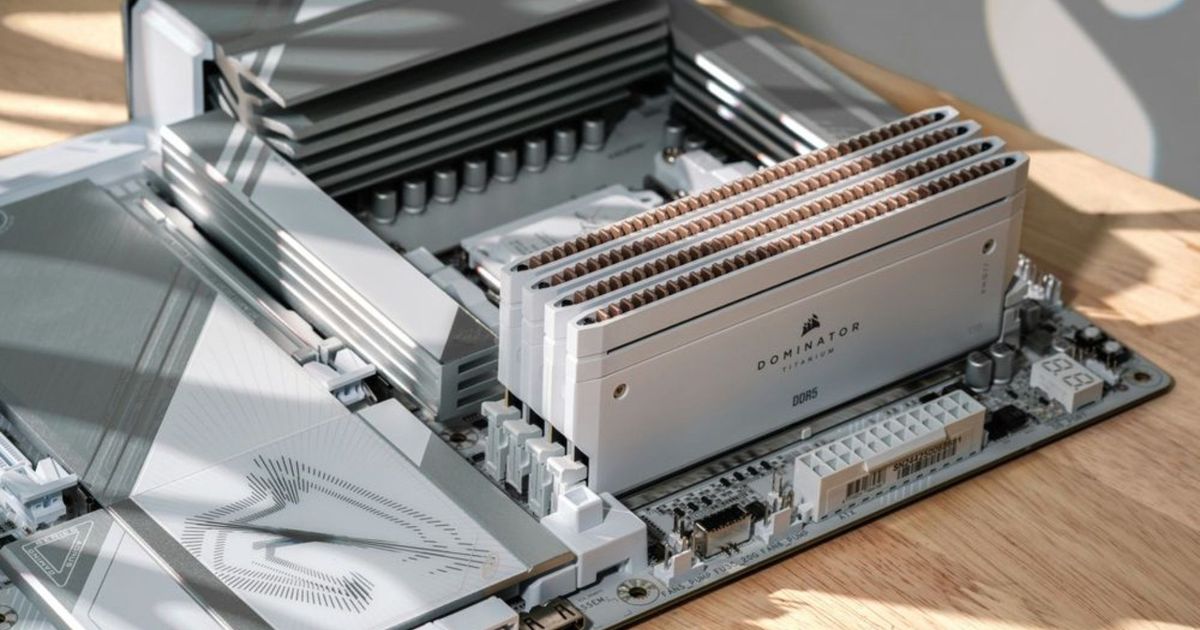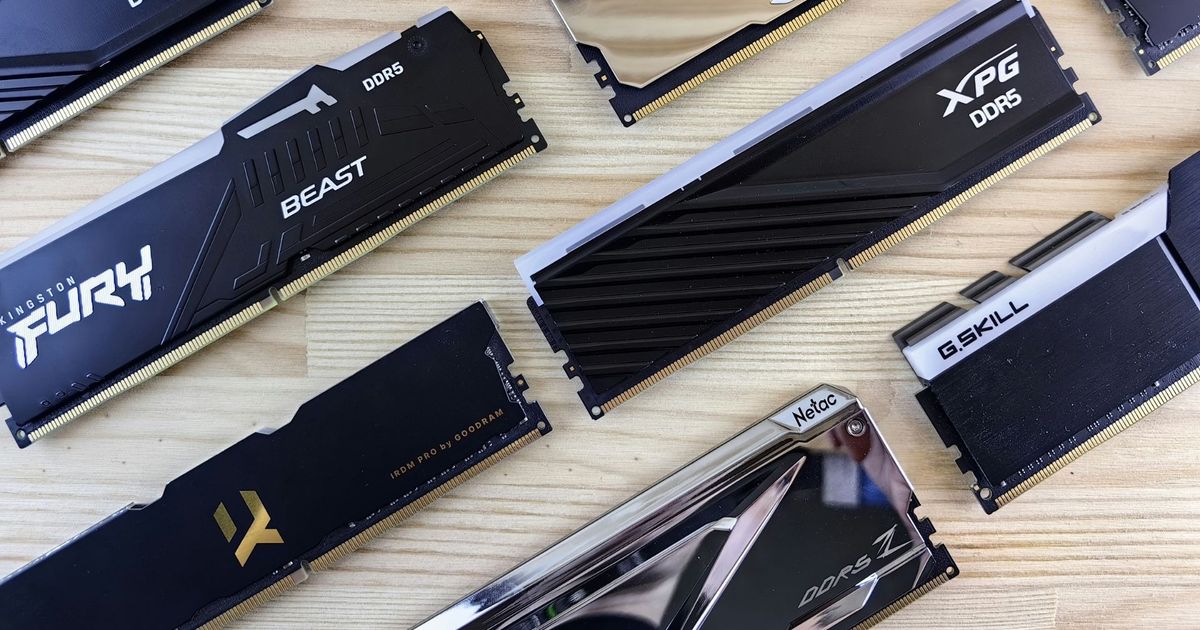
Most motherboards on the market come with four RAM slots, but that doesn't mean filling all four is the best option. The optimal number of RAM sticks depends on the balance between stability and performance you're aiming for.
Recommended Setup: Two Sticks in Dual-Channel
If your motherboard has four slots, the best configuration is usually two RAM sticks. Here’s why:
Maximum RAM performance: Two sticks allow for dual-channel memory, significantly boosting speed compared to a single stick.
Faster boot times: With only two sticks, the system performs fewer checks during startup.
Dual-channel advantages: The CPU can access two RAM modules simultaneously, increasing data transfer speed dramatically.
Room for future upgrades: You still have two empty slots for easy expansion down the line.

What Happens If You Use Four Sticks?
While filling all four slots might look visually pleasing, it doesn’t necessarily mean better performance—and may even cause problems:
Slower boot times: The system takes longer to check all four modules during startup.
Compatibility issues: All four sticks must have identical specs (capacity, speed, etc.) or performance could suffer.
Reduced stability: Due to motherboard wiring design, having four sticks can cause latency issues that affect performance and stability.

Key Things to Keep in Mind When Installing RAM:
1. Correct Slot Placement
To maximize performance, install the RAM in the 2nd and 4th slots from the left (usually labeled DIMM A2 and B2).

2. Avoid Mixing Brands or Speeds
Mixing RAM sticks with different brands or frequencies can lead to compatibility issues or prevent your system from booting properly.




